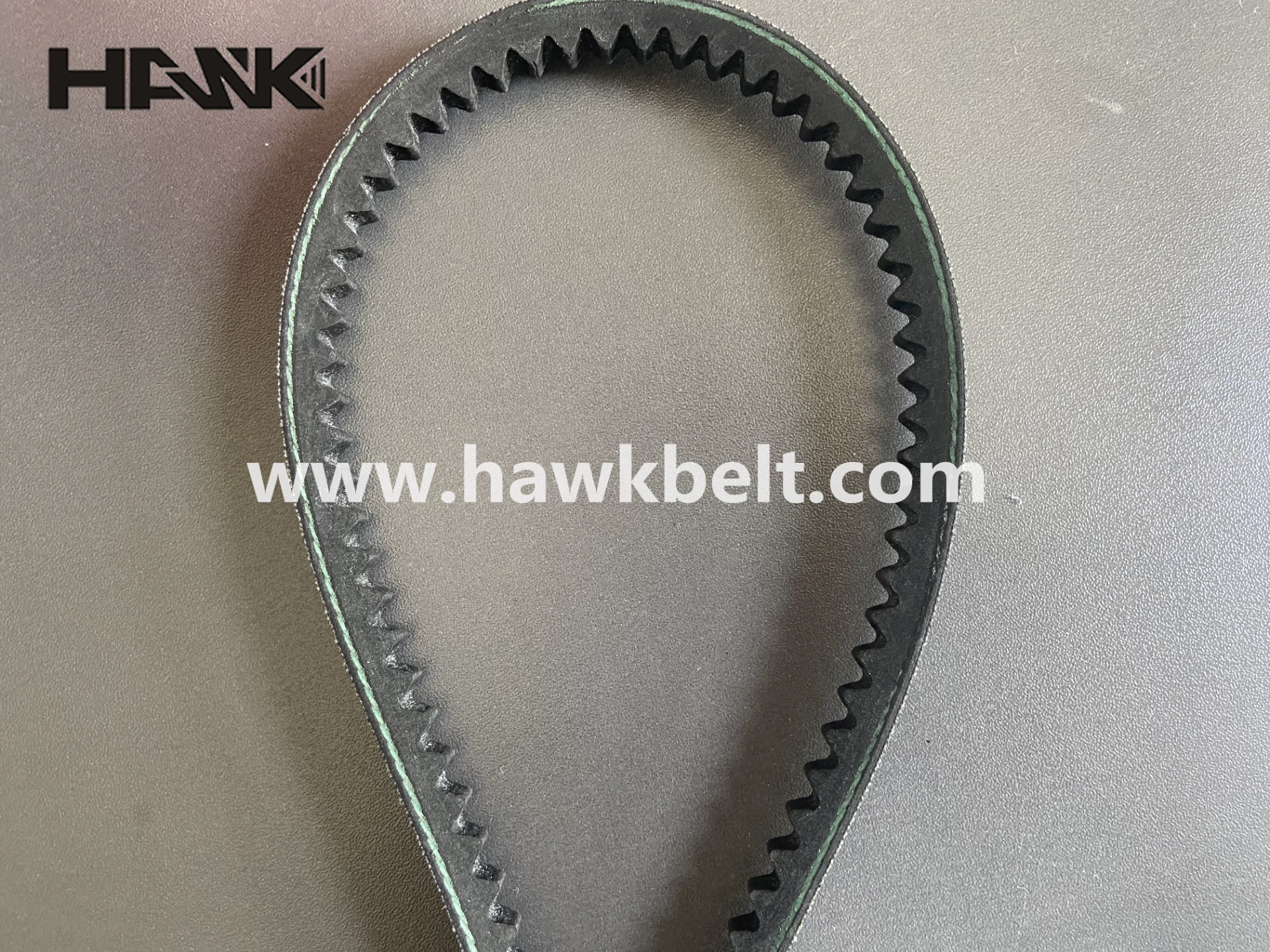- Arabic
- French
- Russian
- Spanish
- Portuguese
- Turkish
- Armenian
- English
- Albanian
- Amharic
- Azerbaijani
- Basque
- Belarusian
- Bengali
- Bosnian
- Bulgarian
- Catalan
- Cebuano
- Corsican
- Croatian
- Czech
- Danish
- Dutch
- Afrikaans
- Esperanto
- Estonian
- Finnish
- Frisian
- Galician
- Georgian
- German
- Greek
- Gujarati
- Haitian Creole
- hausa
- hawaiian
- Hebrew
- Hindi
- Miao
- Hungarian
- Icelandic
- igbo
- Indonesian
- irish
- Italian
- Japanese
- Javanese
- Kannada
- kazakh
- Khmer
- Rwandese
- Korean
- Kurdish
- Kyrgyz
- Lao
- Latin
- Latvian
- Lithuanian
- Luxembourgish
- Macedonian
- Malgashi
- Malay
- Malayalam
- Maltese
- Maori
- Marathi
- Mongolian
- Myanmar
- Nepali
- Norwegian
- Norwegian
- Occitan
- Pashto
- Persian
- Polish
- Punjabi
- Romanian
- Samoan
- Scottish Gaelic
- Serbian
- Sesotho
- Shona
- Sindhi
- Sinhala
- Slovak
- Slovenian
- Somali
- Sundanese
- Swahili
- Swedish
- Tagalog
- Tajik
- Tamil
- Tatar
- Telugu
- Thai
- Turkmen
- Ukrainian
- Urdu
- Uighur
- Uzbek
- Vietnamese
- Welsh
- Bantu
- Yiddish
- Yoruba
- Zulu
Dec . 11, 2024 11:06 Back to list
Understanding V-Belts and Their Applications in Mechanical Systems
Understanding V-Belts The Essential Component in Mechanical Systems
V-belts are a vital component in various mechanical systems, acting as a primary means for transmitting power between rotating shafts. Widely used across industries such as automotive, manufacturing, and agriculture, V-belts are known for their efficiency, durability, and versatility. This article aims to explore the construction, types, applications, and maintenance of V-belts to provide a comprehensive understanding of their crucial role in modern machinery.
Construction of V-Belts
V-belts have a distinctive trapezoidal cross-section that enables them to fit snugly into the grooves of pulleys. This design allows for efficient power transfer and minimizes the risk of slipping. Typically made from durable materials such as rubber, polyester, and fiberglass, V-belts can withstand a wide range of temperatures, loads, and stretching. The layered construction of a V-belt often includes a tensile cord to enhance its strength and resistance to wear, ensuring longevity in challenging conditions.
Types of V-Belts
There are several types of V-belts, each designed for specific applications
1. Classical V-Belts These are the traditional belts with a standard cross-section and are suitable for general-purpose applications. They are categorized by their width and height dimensions, commonly identified by letters such as A, B, C, and D.
2. Narrow V-Belts Narrow V-belts have a smaller cross-section than classical belts, allowing for increased flexibility and compact installations. They are often used in applications where space is limited or where high-speed operation is required.
3. Wedge V-Belts Designed with a more aggressive angle, wedge V-belts can transmit more power than classical belts of the same width. This design makes them ideal for high-load scenarios and is commonly used in heavy industrial applications.
4. Cogged V-Belts Cogged V-belts have notches cut into their inner surface, allowing for better flexibility and heat dissipation. This feature makes them perfect for high-speed applications and those requiring tighter bends.
v belt

5. Variable Speed V-Belts These belts are designed for applications where speed changes are necessary. They can accommodate varying speeds and loads, making them popular in variable speed drives.
Applications of V-Belts
V-belts are utilized in a variety of applications across numerous industries. In the automotive sector, V-belts are crucial for powering the alternator, water pump, air conditioning compressor, and other engine accessories. In manufacturing, they are widely used to power conveyor systems, fans, and compressors. Agricultural machinery, such as tractors and combines, also relies on V-belts to drive essential components efficiently.
When dealing with HVAC systems, V-belts are integral in operating fans and blowers, ensuring effective air circulation. Their ability to handle high torque loads and operate in harsh conditions makes them indispensable in sectors involving heavy machinery.
Maintenance of V-Belts
To ensure the longevity and optimal performance of V-belts, proper maintenance is crucial. Regular inspection for signs of wear, such as fraying, cracking, or glazing, is essential. Any misalignment of the pulleys should be corrected to prevent undue stress on the belt. Proper tensioning is also vital; a belt that is too loose may slip, while one that is too tight can lead to premature wear.
Additionally, it is important to keep the belt and pulleys clean and free from debris. Dirty surfaces can lead to slippage and reduced efficiency. When a V-belt does need replacement, it is advisable to replace it with the same type and size to maintain system compatibility.
Conclusion
V-belts are an often-overlooked yet crucial element in the machinery that powers our modern world. Their unique design, multiple types, and wide-ranging applications affirm their importance in various industries. By understanding the construction, usage, and maintenance of V-belts, we can appreciate their role in facilitating efficiency and reliability in mechanical systems. Regular care and attention to these belts can lead to improved performance and longevity, ultimately contributing to the success of the equipment they serve.
-
Korean Auto Parts Timing Belt 24312-37500 For Hyundai/Kia
NewsMar.07,2025
-
7PK2300 90916-T2024 RIBBED BELT POLY V BELT PK BELT
NewsMar.07,2025
-
Chinese Auto Belt Factory 310-2M-22 For BMW/Mercedes-Benz
NewsMar.07,2025
-
Chinese Auto Belt Factory 310-2M-22 For BMW/Mercedes-Benz
NewsMar.07,2025
-
90916-02660 PK Belt 6PK1680 For Toyota
NewsMar.07,2025
-
drive belt serpentine belt
NewsMar.07,2025

